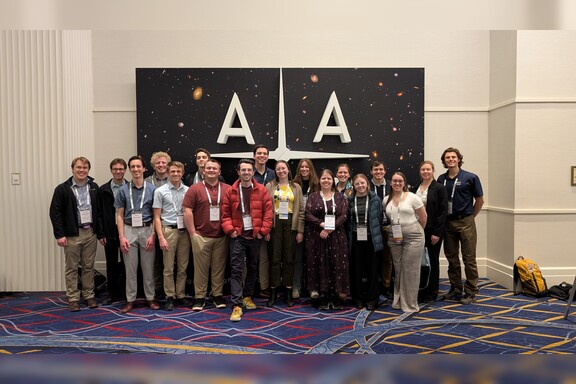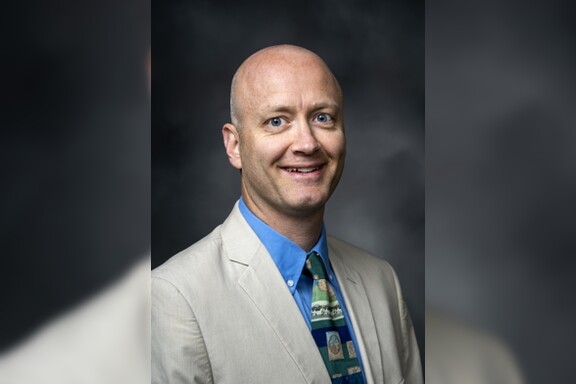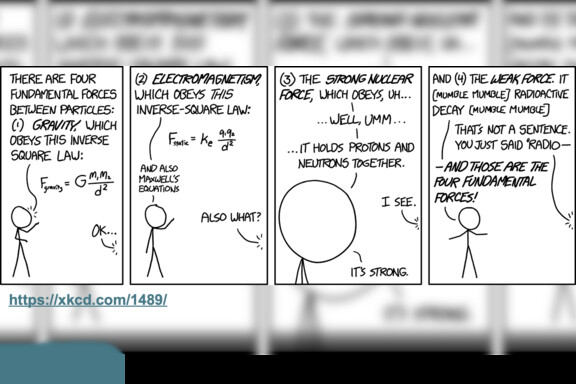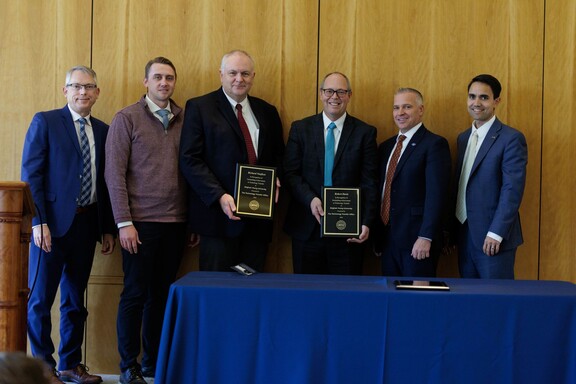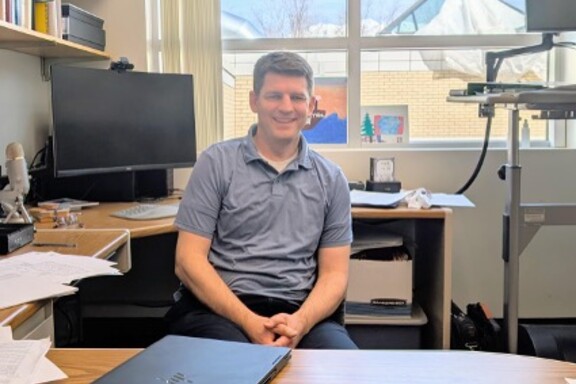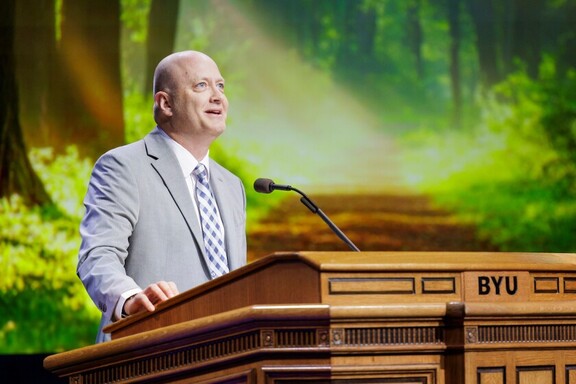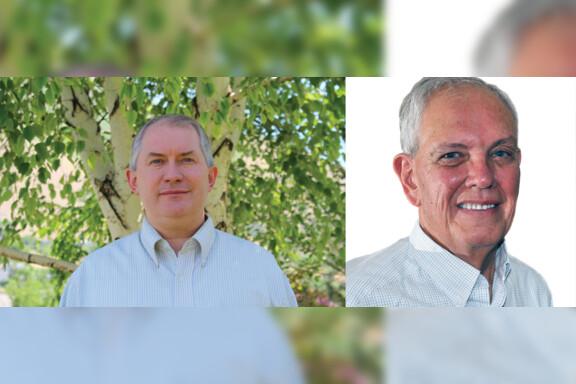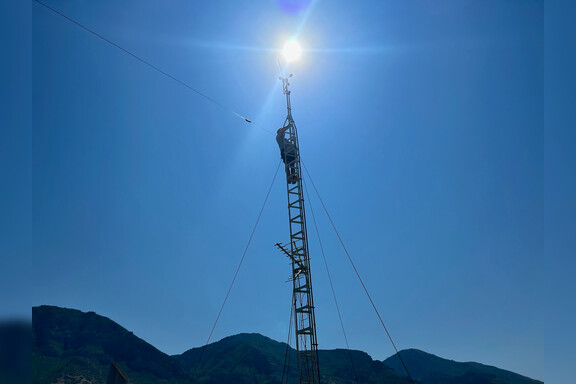Apr 3, 2019 | Todd Hollingshead

Airplane toilets are loud. For some, they are downright terrifying. But chin up, frequent flyers, because a group of BYU physicists have figured out how to make them quieter.
After two years of trial and error, three academic publications and thousands of flushes, the BYU researchers have invented a vacuum-assisted toilet that is about half as loud as the regular airplane commode.
“People have told us they don’t want their kids to be scared to use the bathroom on a flight,” said lead researcher Kent Gee, BYU professor of physics. “So, we’ve used good physics to solve the problem.”
It’s been a really hard problem to solve, given the industry hasn’t been able to improve vacuum-assisted toilets over the last 25 years. That’s because getting airplane toilets to flush with very little water requires a partial vacuum, which at 38,000 feet, pulls air at nearly half the speed of sound. (According to research done in Gee and Scott Sommerfeldt’s lab, an air-water mix in vacuum-assisted toilets travels more than 300 miles per hour.) When things move at that speed, any disturbance at all to the flow — like the bend of a pipe or a valve — generates significant noise.
And now that newer airplanes come with much quieter interiors, toilet flushes reverberate much more throughout the cabin. It can make for very patchy sleep on a red-eye flight on a plane like the Airbus A380 that can have as many as 20 toilets.
“Airline companies have always had standards for the toilet noise, but they’ve never met those and there has never been much pressure to do so,” Sommerfeldt said. “Now with the reduced cabin sound levels, the sound of the toilet flushing is more noticeable and customers are pushing back.”
To solve the problem, the BYU team focused on three valve conditions during the flush cycle: the initial noise level peak associated with the flush valve opening, an intermediate noise level plateau associated with the valve being fully opened and the final noise level peak associated with the flush valve closing. The researchers added additional piping to increase the distance between the toilet bowl and the flush valve and made the pipe attachment at the bowl more of a gradual bend as opposed to a sharp 90-degree angle. Tests of the new contraption show aeroacoustically-generated noise dropped up to 16 decibels during the flush valve opening and about 5 to 10 decibels when the valve is fully opened.
“It’s a great mix between physics and engineering,” said grad student Michael Rose, lead author on the team’s most recent vacuum-assisted tech publication in Proceedings of Meetings on Acoustics. “The toilet is much quieter and now kids won’t think they’re going to get sucked out.”
Along with Scott Thomson, professor of mechanical engineering, the researchers have already filed three patents on the new toilet and are now working with an industry partner to bring it to market. Part of the lure of the BYU invention is that it works with existing airplane toilets — only the elbow need be removed during a retrofit, while the valve and the bowl stay where they are.
The vacuum-assisted tech could also be used for toilets on cruise ships and trains and even in some new green building projects where housing units are looking at more and more ways to reduce water usage.
“At the end of the day, this is about using science to improve a user experience,” Gee said. “It’s an important part of making flights more comfortable for customers.”
News and Events
